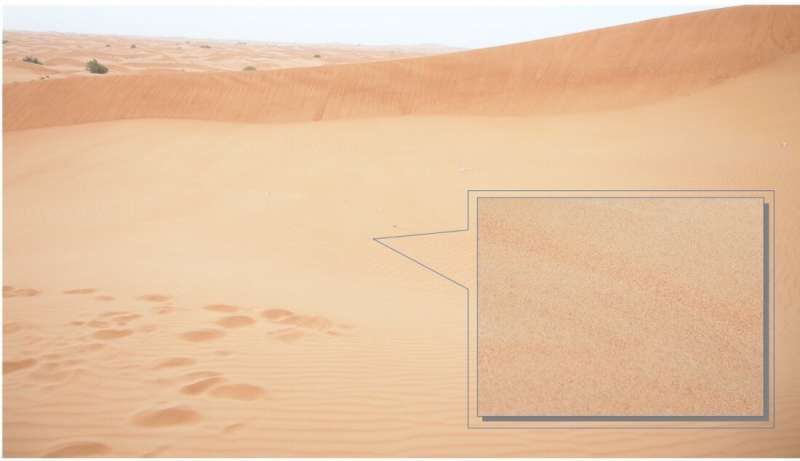Figure 1. Sand dune in UAE. Credit: ResearchSEA
Accidental oil discharge into the river can lead to an environmental catastrophe, threatening the lives of countless aquatic animals as well as land animals that forms the ecosystem of the river. Preventing and containing many of the oil discharge is key to mitigating the severity of the catastrophe.
Principal investigator Associate Professor Kean Wang of Khalifa University, led a team of researchers, comprising Drs Yang Yang, Xiaofeng Jiang and Associate Professor Kheng Lim Goh (from Newcastle University), to successfully develop a method using desert sand (Figure 1) for separating water from oil. Additionally, they found that sand can be as effective as commercially available synthetic microfiltration membranes. These findings are important because natural materials such as sand is an ideal choice compared to synthetic filtration materials as they have much lower embodied energy. The team based their findings from a systematic study of the flow of the oily water through the sand bed in a cross flow filtration unit, as well as the number of cycles of usage to test the reusability of the sand, complemented by a series of material characterisation tests, namely the wettability study of the oily water on sand, micromorphology of the sand and sand bed to reveal the degree of porosity, and chemical content by infrared spectroscopy. The simplicity of the method promises superiority over existing methods.
The team has published their findings in the journal Chemosphere.
More information: Yang Yang et al, The separation of oily water using low-cost natural materials: Review and development, Chemosphere (2021). DOI: 10.1016/j.chemosphere.2021.131398
Journal information: Chemosphere
Provided by Newcastle University in Singapore























